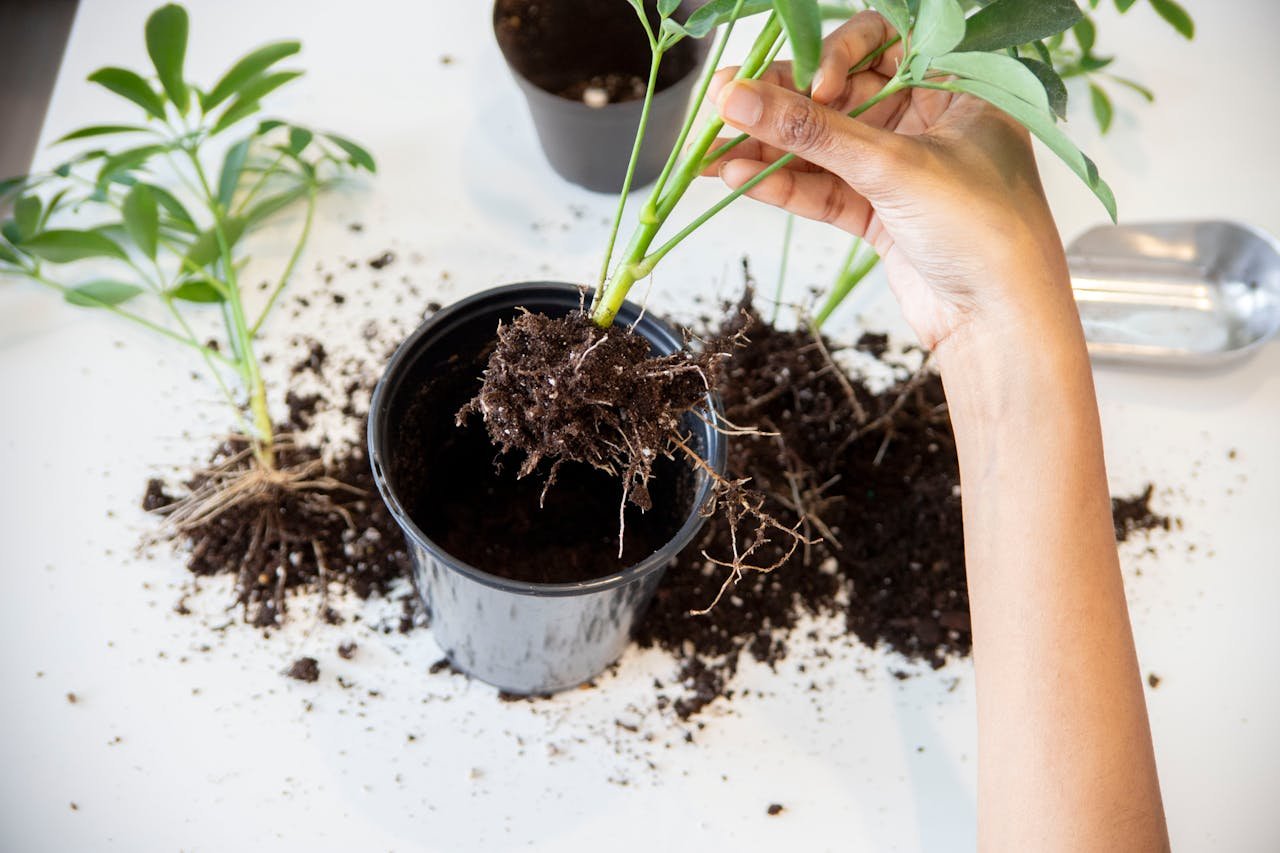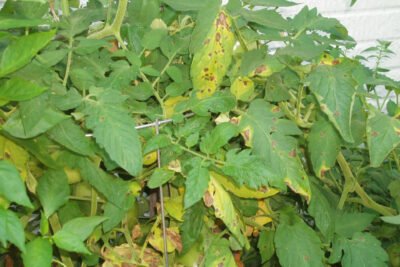
The Complete Guide to Properly Watering Your Plants

Let’s be honest. At some point, most of us have played either the negligent executioner or the overzealous nurse to a potted victim. One day, we pour a generous glass of water into the soil with the devotion of a medieval alchemist. The next, our plant is sulking, its leaves drooping like wet socks on a line. Or we forget it altogether, and days later it looks like it’s been sunbathing in the Sahara.
Here’s the brutal irony: watering, arguably the most intuitive part of plant care, is also the most fatal. Too much, and your plant’s roots rot like forgotten leftovers. Too little, and it crisps up like kale in the oven. Welcome to the botanical tightrope walk.
But don’t panic. What follows isn’t just a guide, it’s a manifesto for thoughtful hydration, a meditation on moisture, and, dare I say, a small exercise in empathy for organisms that can’t scream when drowning.
- Why Watering Is Not Just Watering
- How Much Water is “Enough”?
- How Often Should You Water? Spoiler: Not Every Monday
- Morning or Evening: When to Strike?
- Drainage: The Plant’s Exit Strategy
- Common Crimes Against Botany
- Special Ops for Indoor Plants
- Outdoor Plant Protocol
- Quick Checklist: So You Don’t Kill the Ficus (Again)
- One Last Secret: The Democracy of Plants Is a Lie
Why Watering Is Not Just Watering
Water is to plants what wine is to poets: essential, but dangerous in excess. It carries nutrients, keeps cells plump, and fuels growth. But plants, unlike pets, won’t bark when thirsty or yelp when drowning. They speak in silence: wilted stems, yellowing leaves, brittle edges. Think of it as Morse code through chlorophyll.
Too little water, and your plant slowly deflates. Too much, and you risk root rot, a quiet, subterranean horror movie where decay starts underground and ends in an inexplicable death.
How to Know When Your Plant Needs Water (No Tarot Required)

The Finger Test
Forget fancy gadgets. Your index finger is the original soil sensor. Stick it an inch into the soil. If it feels dry, it’s time. If it feels damp, back away slowly and try again tomorrow.
Read the Leaves
Plants wear their emotions on their sleeves, well, leaves.
- Droopy? Could be underwatering... or overwatering. Annoyingly ambiguous, like a bad text from an ex.
- Yellow? Probably too much water.
- Crispy edges? Likely too little, or the air is drier than a tax accountant’s humor.
How Much Water is “Enough”?
Let’s destroy the myth: there is no universal rule. A cactus and a fern walk into a bar, only one wants a drink. That’s not a joke, it’s a warning.
Water Deeply
Make sure the moisture reaches the roots. If you’re watering a potted plant, keep going until you see water escape from the drainage holes. That’s the botanical equivalent of a satisfied sigh.
Skip the Spa Treatment
Don’t splash the leaves. Wet foliage invites mold and disease, especially in humid spaces. Your plant isn’t looking for a facial, just hydration.
How Often Should You Water? Spoiler: Not Every Monday
Watering is not a calendar event. Plants don’t know what day it is, and frankly, they don’t care. What they do know is how moist the soil feels.
What affects watering needs?
- The plant itself (succulents are the camels of the flora world)
- Season (hot summers mean thirstier roots)
- Soil and pot material
- Light exposure (more sun, more evaporation)
Golden Rule: Check. Don’t Guess.
Morning or Evening: When to Strike?
Always water in the morning. It gives the plant time to absorb moisture before the heat arrives. Evening watering can leave damp leaves overnight, essentially inviting fungus to a midnight party.
Drainage: The Plant’s Exit Strategy
Imagine sitting in a bathtub full of water... for days. That’s your plant in a pot without drainage. Always choose containers with holes. If you love pretty pots without them, just double-pot: plant in a plastic pot with holes, then nestle it inside the decorative one.
Common Crimes Against Botany

- Watering by Habit – Don’t be a robot. Feel the soil.
- Using Ice-Cold Tap Water – Roots don’t enjoy thermal shock. Use water at room temperature.
- Soggy Soil Syndrome – If the top layer is always wet, oxygen can’t reach the roots. That’s slow suffocation.
Special Ops for Indoor Plants
- Use trays, but don’t let water sit in them like a forgotten coffee cup.
- Group plants together to create mini-humid jungles.
- Avoid chlorinated tap water if your plants are sensitive divas. Use rainwater or filtered if possible.
Outdoor Plant Protocol
Outdoor doesn’t mean invincible.
- Mulch helps retain moisture and shield roots from sunburn.
- Aim for the roots, not the leaves.
- Test the soil even in flower beds, don’t assume rain did the job.
Quick Checklist: So You Don’t Kill the Ficus (Again)
- Touch the soil
- Water deeply
- Use pots with drainage
- Water in the morning
- Adjust for the seasons
- Read the leaves like plant tarot
Think watering plants is easy? Think again. This video exposes the surprisingly deadly art of hydration, from soggy roots to crispy leaves. Stop guessing, start observing, and maybe… stop killing your ficus.
One Last Secret: The Democracy of Plants Is a Lie
Here’s the twist: plants living under the same roof may have wildly different needs. Your spider plant might guzzle water like a marathon runner, while the snake plant survives on air and occasional compliments. A uniform watering schedule is as effective as giving all your house guests the same bedtime.
So don’t just water. Observe. Feel. Interpret. This isn’t gardening, it’s learning a new language. And once you speak fluent plant, you’ll notice the signs, trust your instincts, and finally stop treating every watering like an existential dilemma.
Your plants will reward you in their quiet way: with lush leaves, patient resilience, and the occasional dramatic bloom.
If you want to see other articles similar to The Complete Guide to Properly Watering Your Plants you can visit the category Plant Care.




Leave a Reply